Talino
The Talino people originate from a tropical archipelago on the far side of the ocean. They were colonized by the Numorians and their home islands were invaded by the shark-men. Centuries of conflict and turmoil have spread their population throughout the known world.
We've got lots of people of Talino descent here in the Zone. I love them Talinos: the food, the festivals, the singing, and the dancing! But the thing I like best are their weapons! Every time I go down Tabak Alley in Garrison City, I find some new type of sword or knife that I didn't know existed! Let me show you this headhunter's axe I just bought!
The Talino peoples inhabit the so-called Talin Islands that stretch like a string of pearls south of the equator in the Talinian Ocean. They include many of the same ancestries as those in other lands including humans, elves, gnomes, dwarves, shifters, orcs, and the typical mix of inter-ancestry folk. Regardless of ancestry, they tend to be brown-skinned, dark-haired, and dark-eyed. Other skin tones and hair colors, both lighter and darker, can also be found among them. A long history of colonization and conflict has left traces from all over the world in their bloodlines.
The people from these tropical islands are hard-working, funny, and sociable. They value large gatherings and call everyone family, even those not related by birth. A Talino gathering is marked by singing, dancing, and excellent food. As islanders, they make excellent sailors.
They were not an ancient nation. They were not conquerors. They weren't even a people until a scant millennium ago. Yet these upstarts hold positions of power and influence throughout the known world. Why is that?
History of the Talinos
For millenia, the islands were home to dozens of disparate tribes and city-states. The islands were rich in gold, but poor in iron. They warred amongst each other and they raided the nations of the continent Yuchao.
In the 1500s the explorer Don Talin Mouradian became the first person from the continent of Krosia to cross the "Great Western Ocean" and arrive at the fabled Pearl Islands. He and his forces conquered the islands and he renamed them the Talin Islands, along with the Talinian Ocean, after himself and his great accomplishment.
He claimed the islands, and their people, for the Trans-Oceanic Trading Company. Hundreds of years of rule by foreigners established the disparate cultures of the colonized islands into the Talinos.
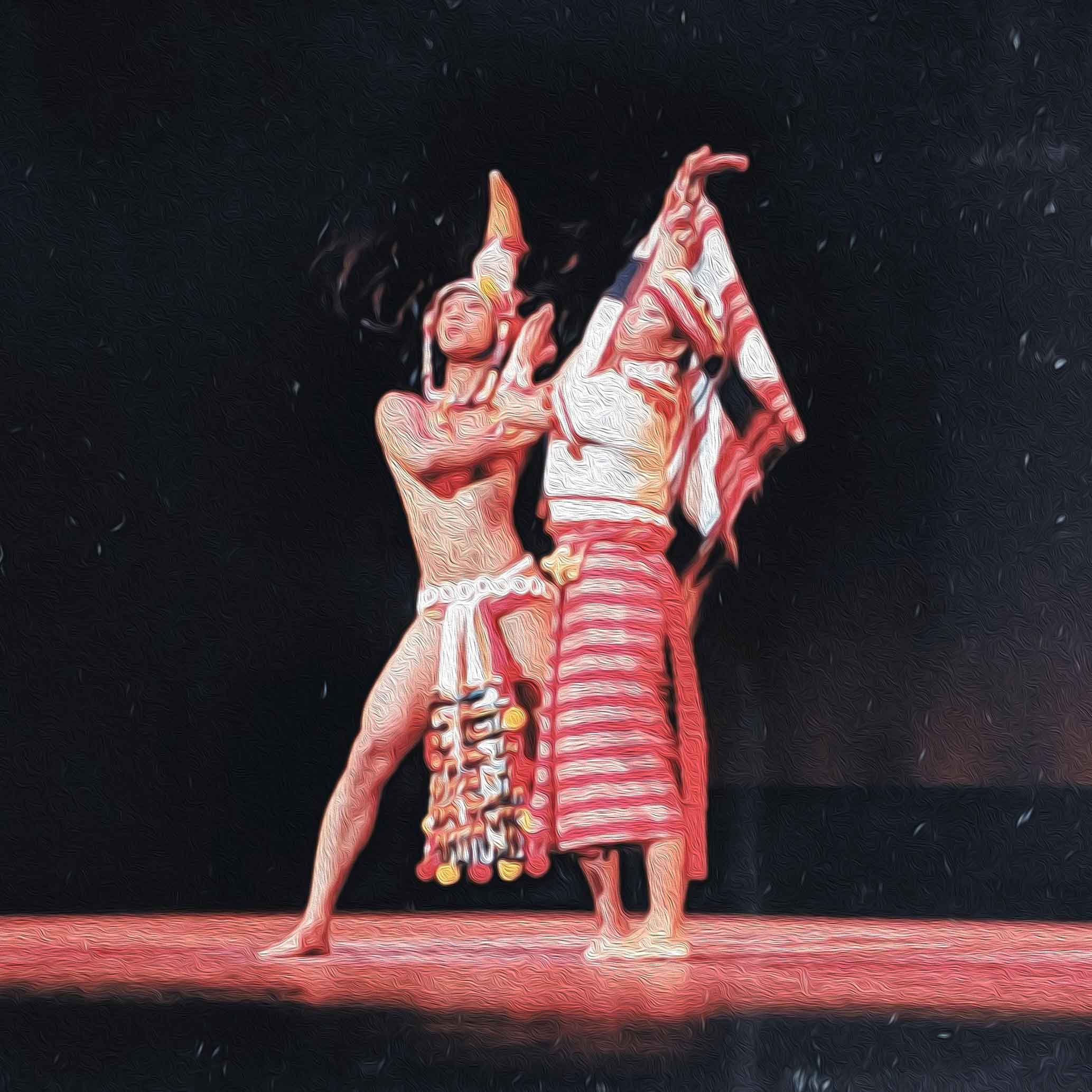
The colonizers ignored the islanders' internal distinctions, calling them all Talinos. They imposed their own religion and ways on their new subjects. They intermarried with them, creating a hierarchy of pure Karifarans, mestizos, and low-ranking Islanders.
The people who became the Talinos were already skilled sailors and the Company colonizers used them extensively on their ships. The songs and laughter of the Islands spread everywhere that the Company’s ships sailed.
The Company’s rule over the Talin Islands was eventually ended by the hundred-year Sahuagin War. The Islands were subjugated by the sahuagin and the inhabitants suffered greatly under the rule of the devil-worshipping shark-folk.
Eventually, an alliance of land-dwelling nations was able to turn the tide on the invaders from under the sea. A navy of Talino Diaspora returned to their home islands and liberated the besieged survivors. Everything within reach of the ocean-dwelling monsters was despoiled and the port cities were charnel houses. The only survivors were those who escaped to the highlands and mounted a successful defense against the shark-men.
The Trans-Oceanic Trading Company went bankrupt without access to its trading routes and the Talino Islands were free to self-govern once again. They formed the Sultanate of the Talin Islands which has ruled the Islands ever since.
Centuries of colonial rule gave the Talinos the habit of hiding their true selves behind agreeable smiles. They hid their martial arts in their dances. Their legends were woven into their songs. Their religious beliefs were coated with a thin veneer of "more civilized" practices.
Talino Cultures
The Talin Islands' location makes it a natural "gateway" for travelers from Krosia to Yuchao, the "Jade Continent". Their culture mixes aspects of the two great landmasses along with that of the many populations of island natives.
The Provincials
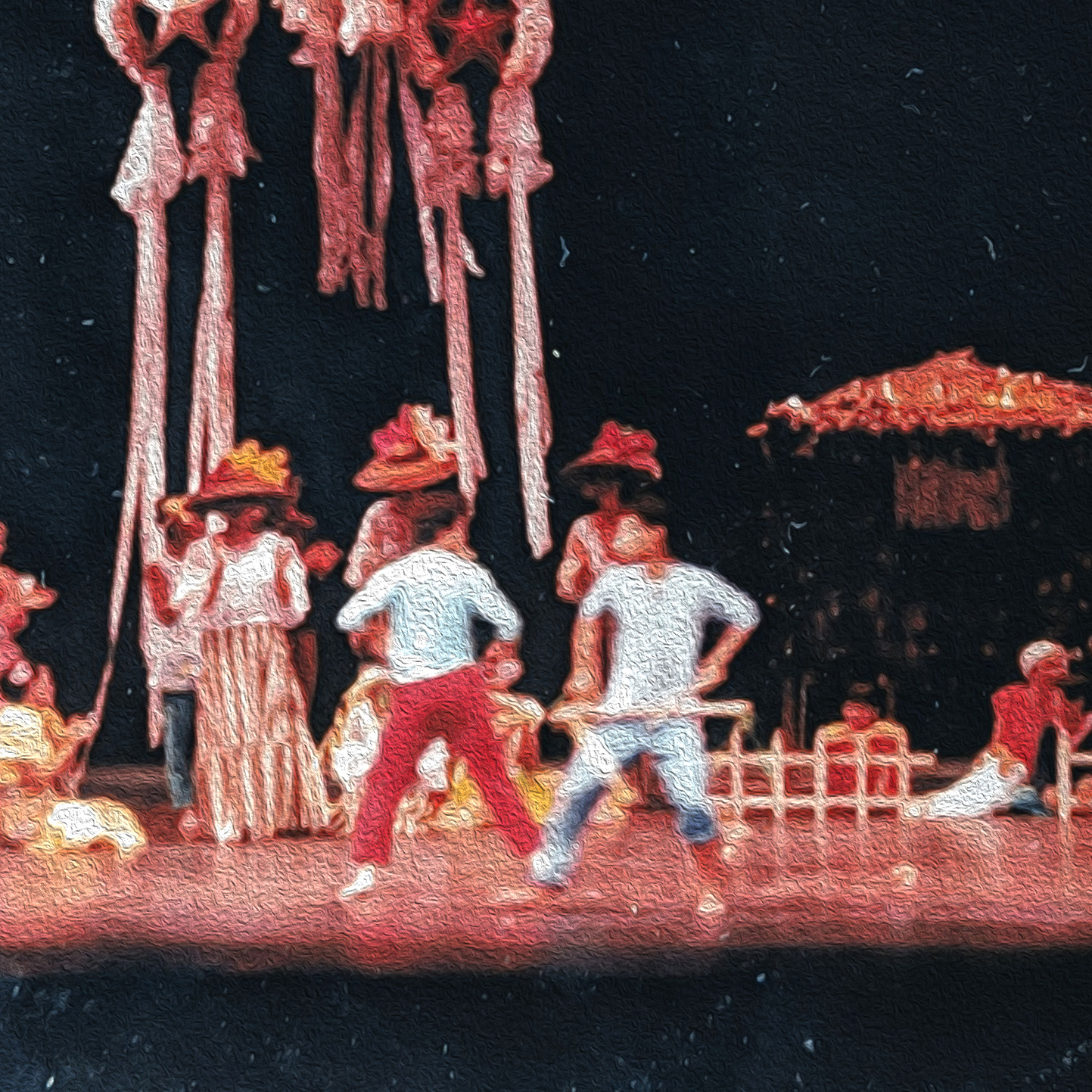
The working people of the islands, the farmers and fishermen, make up the vast majority of the population. They work hard and they celebrate harder. They sing songs while working timed to the rhythm of their tasks. Every region, village, and barangay has their own traditions and festivals. You can travel the breadth of the islands, attending different fiestas and celebrations every day of the year.
Before colonization, land was owned by the community. Everyone worked the land and shared in the harvest equally. When the Numorian conquerors came, they claimed all land in the name of the king. They installed a system of landed gentry and peasants. For centuries, the tough, practically-minded peasants of the islands served under harsh colonial rule.
They were strictly controlled and forbidden to own weapons or learn how to fight. They hid their weapons amongst their tools and hid their fighting systems in their dances. They hid their magic in stories, songs, and artwork.
I was born in a small duwende barangay in a province far from the city. I became a babaylan and I move here when I was a young woman. I get job and I send money home. One by one, they follow me here until now, I have half my family here and half back home! I'm so lucky to have a big family and they're everywhere!
The Aristocrats
The influence of the Numorian colonizers has always been strongest in their capital city, Los Santos on the largest island Barong, the Island of the Sun. The capital was built on a site holy to the natives. The original structures were razed and the location was made comfortable for the Numorians. They wanted their new city to remind them of home as much as possible. It has stone streets, opera houses, and grand villas similar to those in the great cities of Freal Numor and Karifar.
The noble ladies, the doñas, wear elegant gowns woven from silk and banana leaf fibers with large butterfly sleeves on their shoulders. The men, the dons, wear transparent shirts woven from piña (pineapple fiber) with conical hats on their heads. They carry canes with hidden swords. They value education in foreign lands, pale skin, and those who speak with a "continental" accent. Conflict here comes in the mannered form of invitations to balls, whispers behind ornate fans, and duels with flashing blades.
Mestizos
The island humans, elves, and other compatible races interbred with the colonizers. They created a middle "mestizo" caste that exists into the present day. They brought their "half-breed" children into the ruling class, but as a lower caste. They were given jobs in the bureaucracy as administrators over the peasant classes.
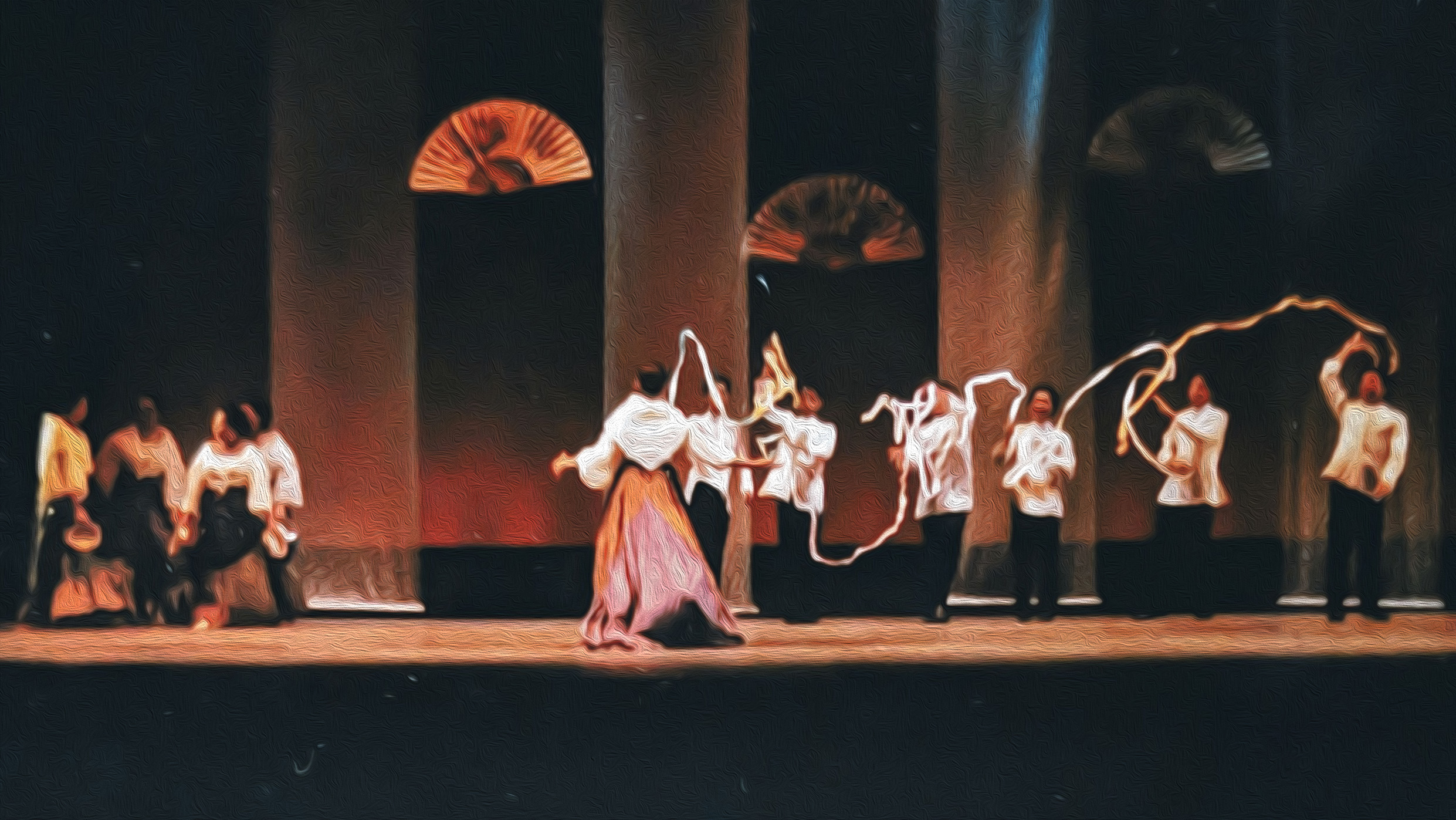
The Highlanders
The mountain people live far from the ocean in the highlands of the islands. These traditional folk have the distinction of never being conquered by the colonizers or the shark-men. They used the remoteness of their homes and their reputations as fierce headhunters to keep their independence from any conquerors. When the shark-men began to slaughter the coastal folk, the highlanders welcomed their lowland cousins among them. They provided refuge and assistance when the time came to re-take their homes along the water.
The mountain tribesmen maintain vast rice terraces with complex and ancient irrigation systems. These tattooed people wear traditional clothing: loincloths, bone belts, and feathered robes. They hunt for wild game and trade rice, wood, and rare spices with the lowlands.
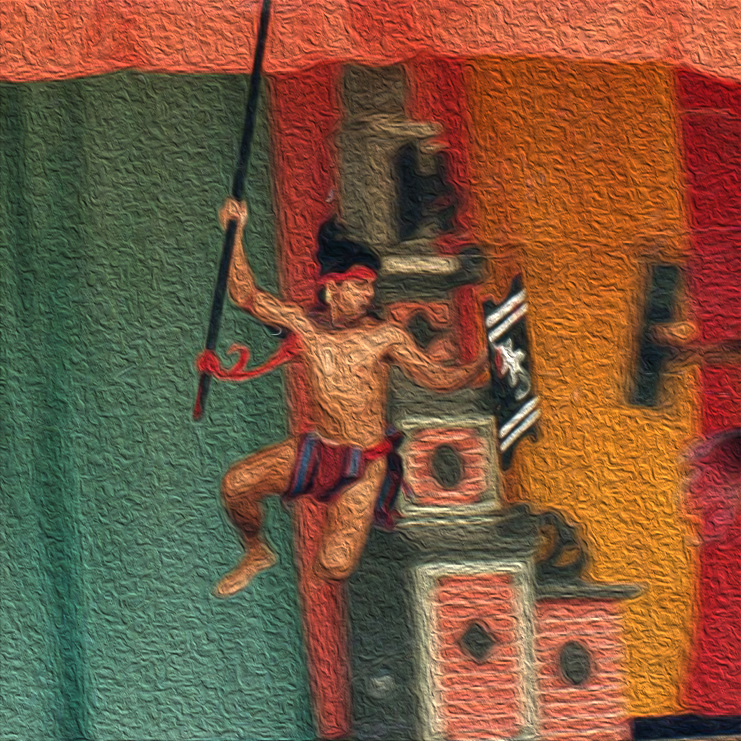
The Mariners
Everyone living on the shores of the Talinian Ocean are familiar with the sight of Talino Mariners. They wear brightly colored silks and are covered in gold jewelry, a practical way to carry their pay. They carry armories of bladed weapons and are covered in tattoos, magical and otherwise. They are known as excellent sailors, who can sing a song, throw a knife, and steal your spouse while leaving you with a smile on your face.
There are entire societies of Talino Mariners who live on the ocean, never setting foot on dry land for years. They trade between their home islands and travel everywhere that the Ocean that shares their name touches. They fill the crews of every merchant, pirate, and explorer ship on every body of water in the world.
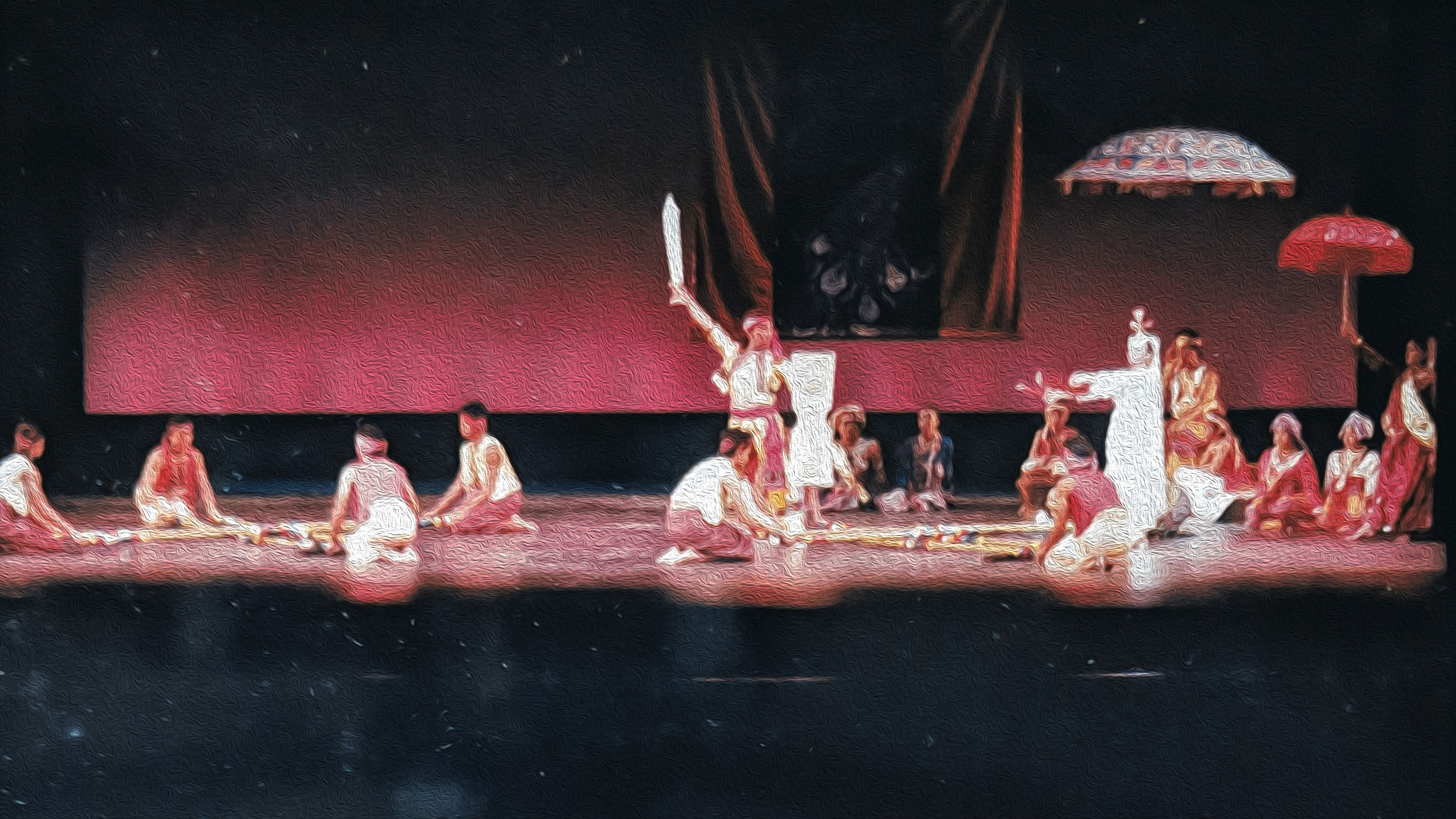
Cuisine
The archipelago of islands contains a variety of environments, everything from tropical beaches and volcanic mountains to highland rice paddies and bustling cities. Their diet consists of rich stews, seasoned meats, and salt and vinegar marinades that keep well in the warm and humid tropics. They eat seafood, rice, pork, poultry, green vegetables, and tropical fruits like papaya, jackfruit, and banana.
The Krosian influence on their diet includes a variety of dishes and desserts adapted to local ingredients. Carabao and goat milk are used to make cheese and pastillas. Sweet potato, cassava, and rice flour are substituted for the wheat that doesn't grow on the islands. The abundance of sugar cane sweetens the local desserts.
Influence and Diaspora
Centuries of colonization and conflict have carried the Talinos around the world. Wherever they go, they bring their cultures and their cuisine with them. They claim anyone with a drop of Talino blood as their own. Talinos living abroad in the diaspora are all encouraged to make the pilgrimage "home" at some point.
When they arrive, they are given warm welcomes and encouraged to spend as much of their hard-earned money as possible. They tell young diasporic Talinos that an island-born Talino spouse is the perfect gift to bring back home with them.
Much of the traffic from foreign lands back to the Talin Islands comes in the form of currency sent back home by Talinos working abroad to support their families in the islands.
I have Talino blood mostly from my mother's side. Even though our ancestors came to Lozar as refugees centuries ago, we still consider ourselves Talino. I have only been to the home islands once, as a young man. It felt like going home. I long to return, but my duties have not allowed it.
Rise of Nations Award 2022





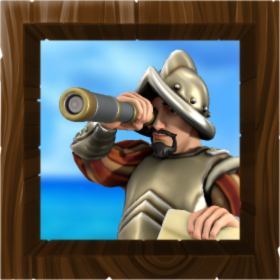
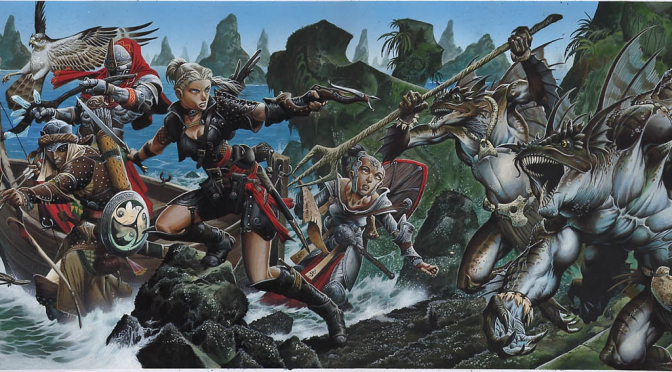

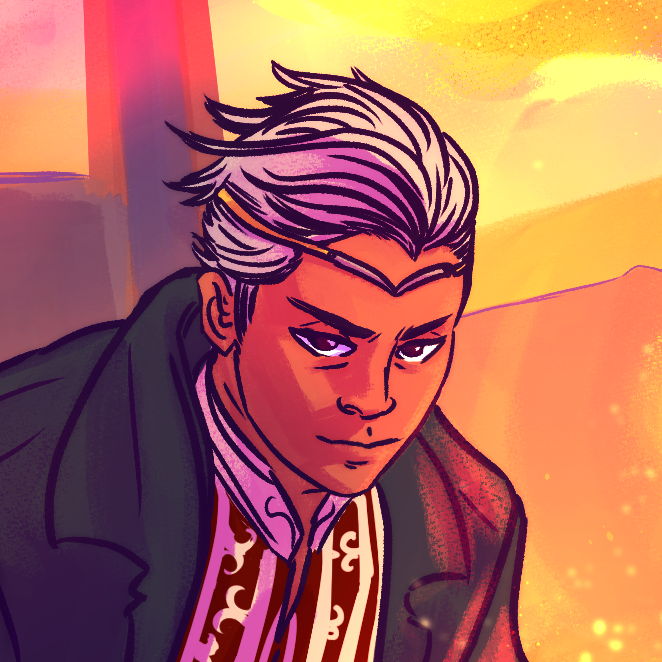






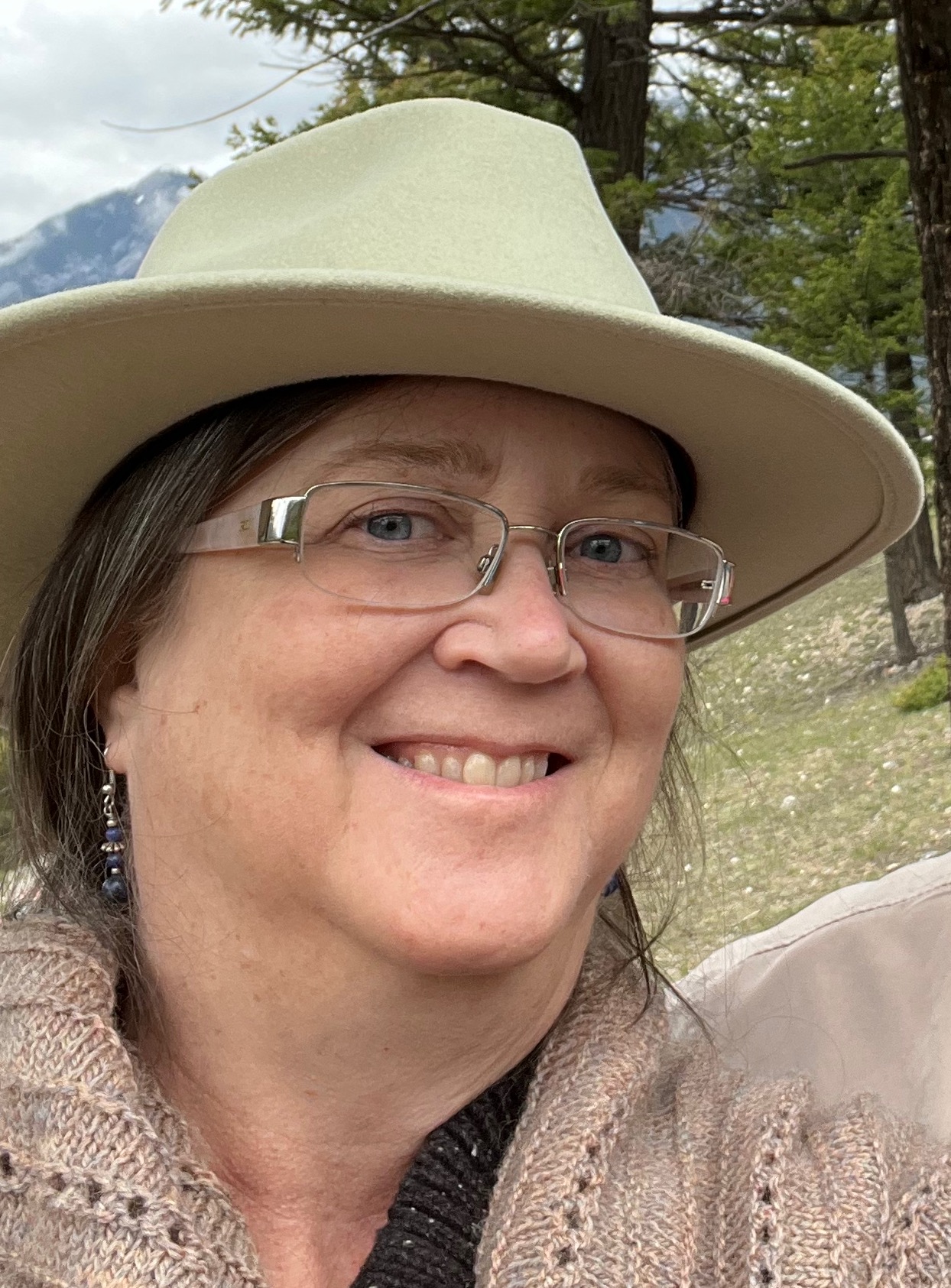

What a great start. They sound like an interesting bunch. Good luck with the rest of the article and your timeline!!
Thanks for the comment. I've been writing this article in my head for years and this challenge is finally giving me the chance to get it out of there!
View my submissions for World Anvil WorldBuilding Awards 2025.
Learn about the World of Wizard's Peak.